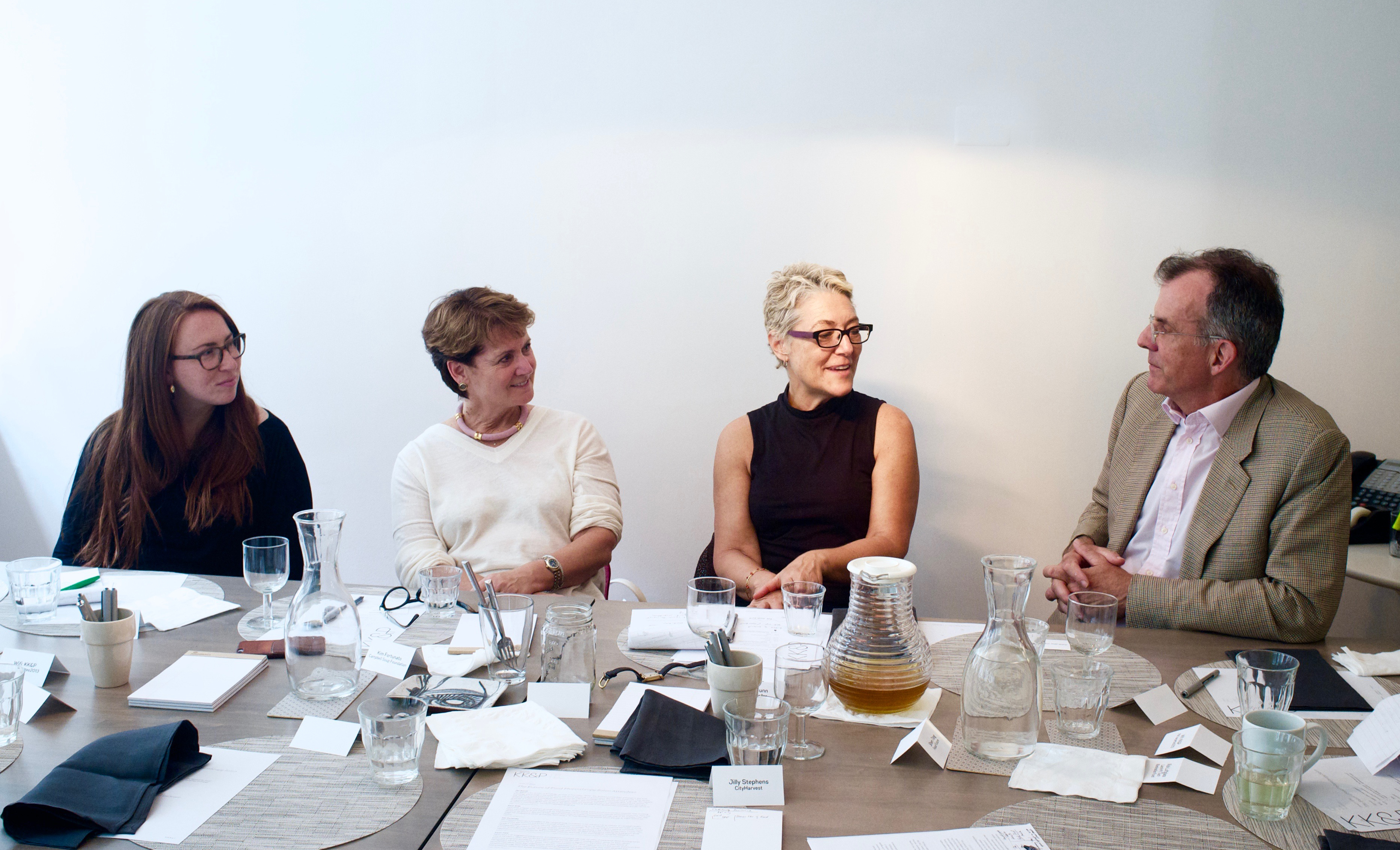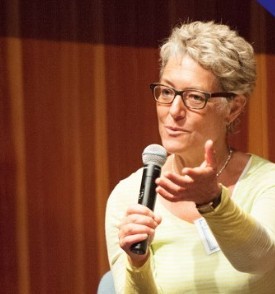
At KK&P, more and more we are being called upon for our “thought leadership” – from one-off events to more complex design and facilitation to comprehensive agriculture and food sector strategic plans. Sometimes it’s the reason a client selects our firm over an equally experienced competitor. The term has become so commonplace, and I’ve accepted it being applied to us. Rather than take it for granted, however, I wanted to learn more and take a point of view.

“Thought leadership” was coined by Strategy and Business Magazine’s Joel Kutzman in the 1990s. It was first used to describe a futurist, “a person who was widely known for his unique thoughts and ideas that were considered unusual at the time.” Ron Sela, who writes about leadership marketing, later said that “such ideas [about thought leadership] also had to have an impact on society and could arrive in different forms such as a new product or a new method of teaching.”
By 2012, Russ Alan Prince and Bruce Rogers, in Forbes, coined a two-part definition: “1) a recognized authority from a wide range of stakeholders, the ‘go to’; and 2) an individual or firm that significantly profits from being recognized as such.”
Indeed, the bulk of contemporary writing links thought leadership to brand building and the capture of market share. However, the notion of profit forces a few questions: What value do thoughts have? What qualities make thoughts recognition-worthy, worth learning about, or deserving of financial remuneration? And finally, are “thought leaders” only those who manage profit from their thinking? To me this is a dangerously narrow frame.

Still, the fact is that we are barraged with ideas every moment of the day. The impetus to consume information is exciting to the point of distraction, and the pressure to have a point of view is often overbearing. To make sense of it all requires discernment and, actually, a kind of reciprocation between “thinker” and audience. And that is where the business of consulting meets the notion of thought leadership.
The way I see it, “thoughts” aren’t worth much without a point of view, built from a constellation of experiences in the field, from building deep, tactical, and technical knowledge, and having the capacity to reflect on those experiences with sincerity, humility, and the desire to improve. At KK&P, our backgrounds include that of chef, urban planner, farmer, policy analyst, entrepreneur, performing artist, sociologist, marketer, and retailer, and our point of view is that our work and our value requires this multi-disciplinary approach and the ensuing analyses. A singular set of skills and experiences can never amount to the kind of well-rounded, diverse perspective about the issues we are asked to address, the approaches we use, and, therefore, the results we can achieve for and with our clients.
On “leadership”: We are only as good as how and where we can lead our clients to go next. Consultants must understand that our role is, paradoxically, an accommodating one, while at the same time we are expected to show the way. This dynamic is like dancing on a spider web: sorting through cumulative knowledge and expertise, we must constantly express, weigh, and exhibit precise social and emotional intelligence to understand the complex environments in which we and our clients are embedded – in addition to having solutions based on experience. Our work is relational and trust-based, and must never be superficial.
When we supplement technical knowledge and experiences with self-awareness, empathy, collaboration, and visionary thinking, only then can we step up to more impactful leadership roles, and begin to call ourselves thought leaders. This is a journey, not a destination.
